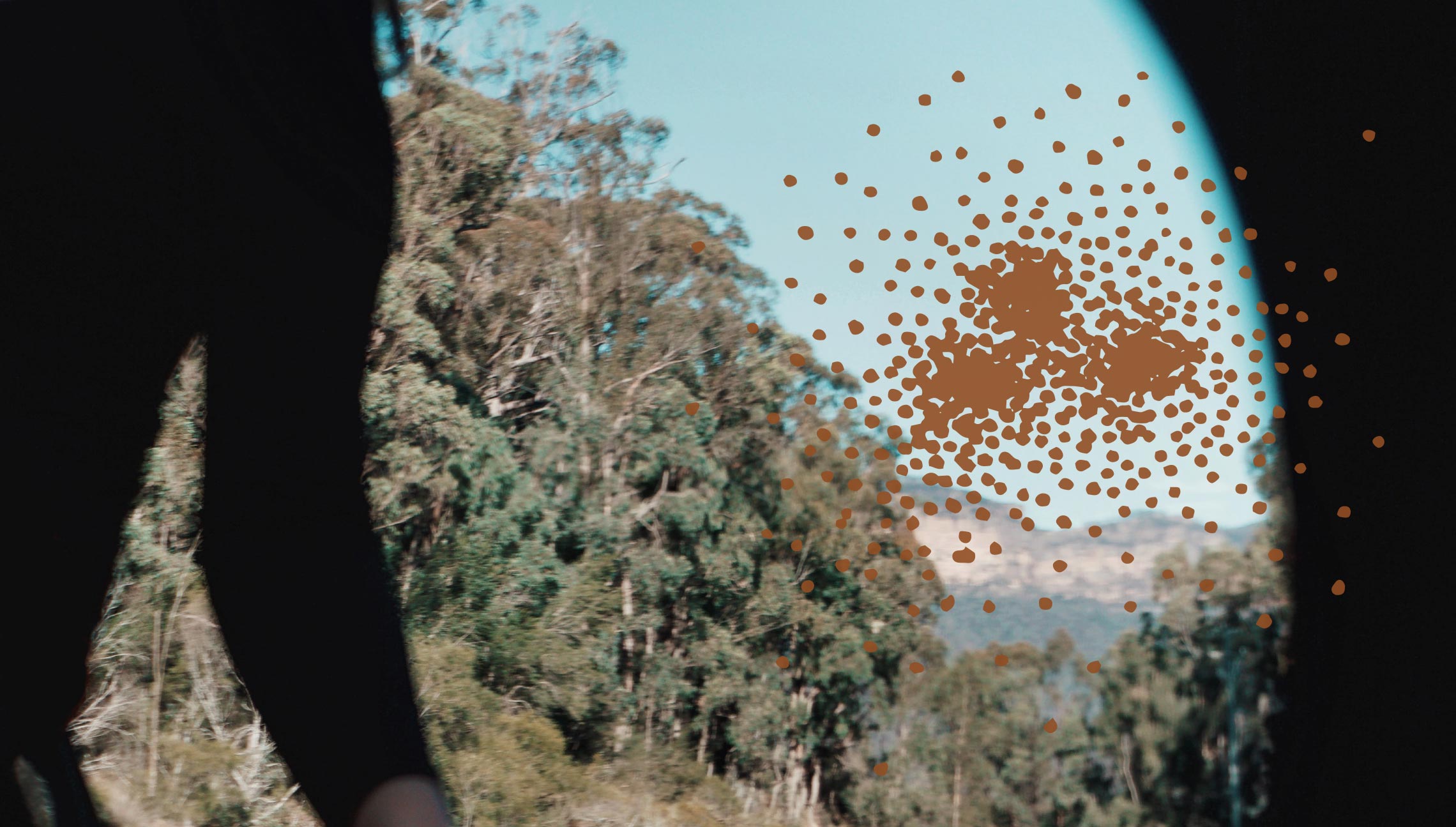What do an art installation, a chatbot, and a piece of music have in common? The notion that artificial intelligence (AI) is trapped behind a screen, only touched by coders or tech fiends is gone. AI is all around us and quickly becoming an integral part of the world we live in.
AI-enabled systems are permeating society, with new AI solutions continuously being created to address technical, environmental, political and professional challenges. However, in the wake of this innovation and exhilaration there are growing concerns about the impact of AI on public discourse, consumer settings and education. It’s time to generate ideas for how we can best use AI to benefit our futures.
Limited seats remaining to a full day in-person Learning Experiences program running on Friday 3 March 2023.
ChatGPT is currently in the limelight, an emerging technology that has already sparked numerous conversations. ChatGPT, or Chat Generative Pre-Trained Transformer, was launched by tech company OpenAI in November 2022.
It is a language processing tool that can partake in real-time conversations. Not only does it answer questions, it can also translate languages, write essays, produce poems, assist with reading comprehension and script lines of code.
“It is indeed impressive,” says Julian Vido, PhD candidate at the School of Cybernetics. “When it comes down to it though, ChatGPT behaves like a computer program, not a human.”
People have expressed worries about the long-term future impact of technology on the workforce, and how its expansion might affect jobs in industries such as copywriting, graphic design and even software engineering. But by learning how the algorithms behind these tools work, users can feel empowered instead of overpowered by AI.
Incorporating AI in a range of societal and cultural areas, including art, demonstrates the power of AI when used by a human, not just on its own.
At the launch of the School of Cybernetics, colleagues Adrian Schmidt and Dr Ben Swift showcased their artwork PANIC.
Panic is an interactive, AI-enabled artwork, which utilizes AI models and feedback systems to create a never-ending loop of text prompts and AI-generated images.

Through the artistic medium, Panic challenges the viewers to think about why it’s crucial to understand how the inputs of AI systems affect the outputs, and hence the consequences for future application.
Panic leaves the viewer thinking about how they can connect and become entangled in the flows of information already present in our world. It demonstrates the wide range of applications for AI, and the role it already plays in culture and society. The installation demonstrates that AI is not just used by those who work in computer science, it has a central role to play in all forms of art and harnessing creativity.
Beyond visual art, AI already has its hand in audio music production. Avia Technologies is just one of the startups in the field of AI music composition.
Aiva (Artificial Intelligence Virtual Artist), was taught how to compose classical music with a unique emotional quality. The music pieces are already being used by film directors, advertising agencies and even in gaming. But this isn’t the final form of artificial intelligence. Humans will continue to work with the technology for the betterment of society, technology and the environment. This kind of thinking requires a cybernetics lens.
Organisations across the world are investing in upskilling their staff to expertly navigate the complex digital world of the 21st century. To do this, people need more than just a technical understanding of emerging technologies—they need to be able to think in systems.
AI is a technology within broader cybernetic systems, encompassing complex interactions of human, technological and ecological factors. Learning how it fits into not just our current social order, but future iterations is imperative.
The ANU School of Cybernetics is hosting a learning experience taking a deep dive into new ways to talk productively about AI, without being beholden to existing technological narratives.
It will touch on the new AI technologies and ideas already creating waves in public agenda, while analysing the possibility and preferability of different AI futures. AI is not stagnating, so neither should our thinking in this space.
Artificial Intelligence – a view from cybernetics will link present day AI systems to the history of cybernetics, and explore AI as a system through human, environmental and technological lenses.
Limited seats remaining to a full day in-person Learning Experiences program running on Friday 3 March 2023. It is open to anyone with an interest in AI and its application in industry, government and education.

